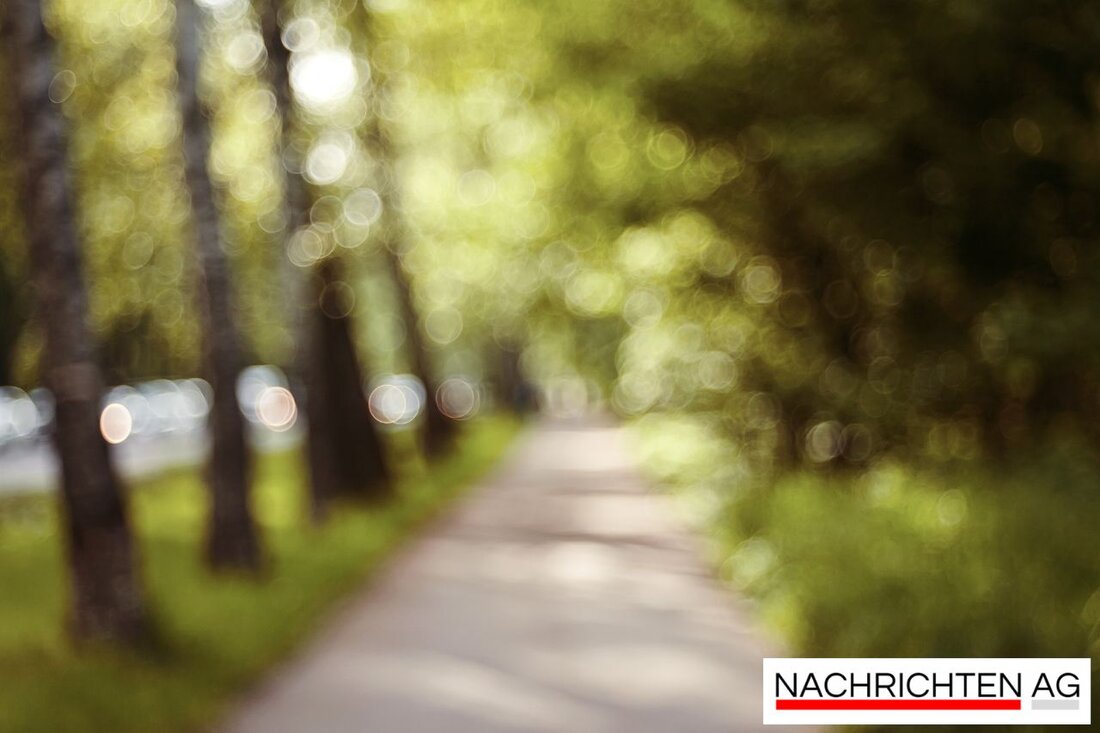Munich at the top: The second-hand boom in Bavaria surprises everyone!
Munich leads the second-hand ranking in Bavaria. Discover the boom in sustainable fashion and the variety of offers.

Munich at the top: The second-hand boom in Bavaria surprises everyone!
The trend towards second-hand shopping has reached a new high in Bavaria, and for good reason. Many people who are looking for fashion treasures are discovering the benefits of buying clothes sustainably. It's not just your wallet that plays a crucial role, but also environmental and social awareness. The state of the fashion industry, which is considered one of the most environmentally harmful sectors, has contributed to this upswing. Problems such as high water consumption and massive amounts of waste caused by fast fashion are on everyone's lips. But sustainable alternatives, such as second-hand and vintage fashion, offer solutions to these challenges, as zukunftspakt-hochschulen.de emphasizes.
A look at the current figures says more than a thousand words. Munich has the most second-hand shops in Bavaria with an impressive 89 shops, while the density in Augsburg is 8.97 and in Nuremberg with 6.88 shops per 100,000 inhabitants. Remarkably, Munich lags behind these cities with a density of 5.88 stores, as merkur.de reports. Business is also flourishing online: in Munich there are around 10,325 online offers per 100,000 inhabitants.
The review of history
But the second-hand market has a long, fascinating history. Its roots go back to pre-industrial times, when clothing was made by hand and was more durable. In the 17th and 18th centuries, it was common for rich people to give their used clothing to servants or family members. Even during the Industrial Revolution, the second-hand market continued to thrive, with charity bazaars popping up in cities like London and Paris, where wealthy donors donated their old clothes to charity, as elisfa.substack.com notes.
Over the years, the second-hand market has continually reinvented itself. The 1960s saw an appreciation of vintage clothing through the hippie movement, while the 1990s undoubtedly contributed to its popularity through the grunge movement and pop culture, such as films like Pretty in Pink. Today, Millennials and Generation Z in particular are driving the trend, with 42% saying they choose second-hand fashion for environmental reasons.
The benefits for the environment and society
Second-hand fashion not only has a positive impact on our wallet, but also on the environment. A cotton T-shirt requires around 2,700 liters of water to produce - by buying second-hand fashion, consumers can counteract this enormous waste of resources. Every piece of clothing used extends the life cycle and reduces the demand for newly produced goods, which in turn reduces resource consumption and greenhouse gas emissions. This means less clothing is left in landfills and waste is reduced, which is a step towards greater sustainability.
In addition, many second-hand shops support non-profit organizations whose proceeds benefit social projects. By choosing second-hand fashion, each individual can take a stand against fast fashion and mass production while promoting an appreciation for quality and craftsmanship. Personal expression also plays a role - vintage pieces are usually unique and tell stories that go far beyond just the style of clothing.
The trend clearly shows that sustainable consumption is not only possible, but also popular. And if you discover a special treasure while browsing in the nearest second-hand store, you have not only made a good choice, but also a little piece of history in your hands.

 Suche
Suche